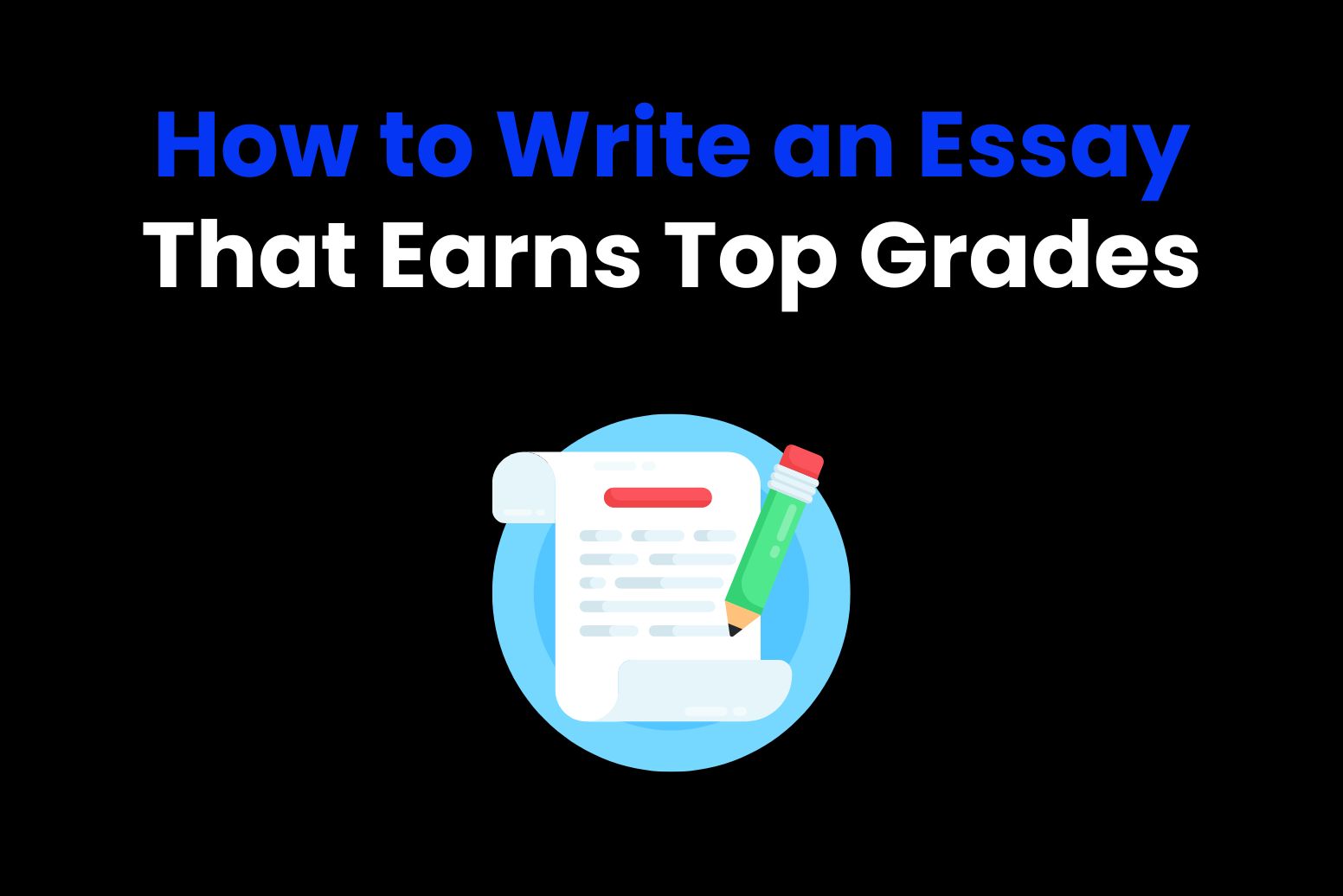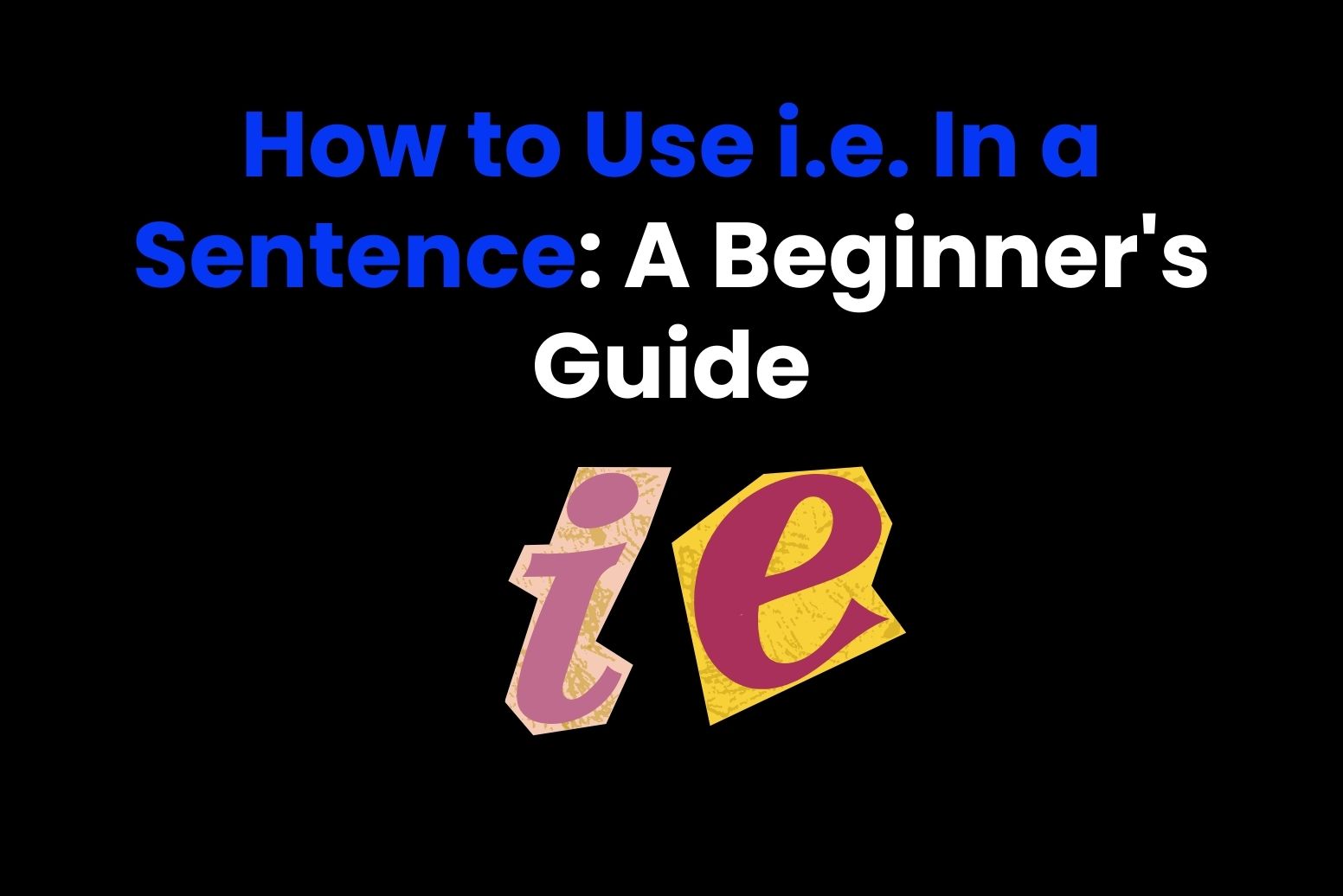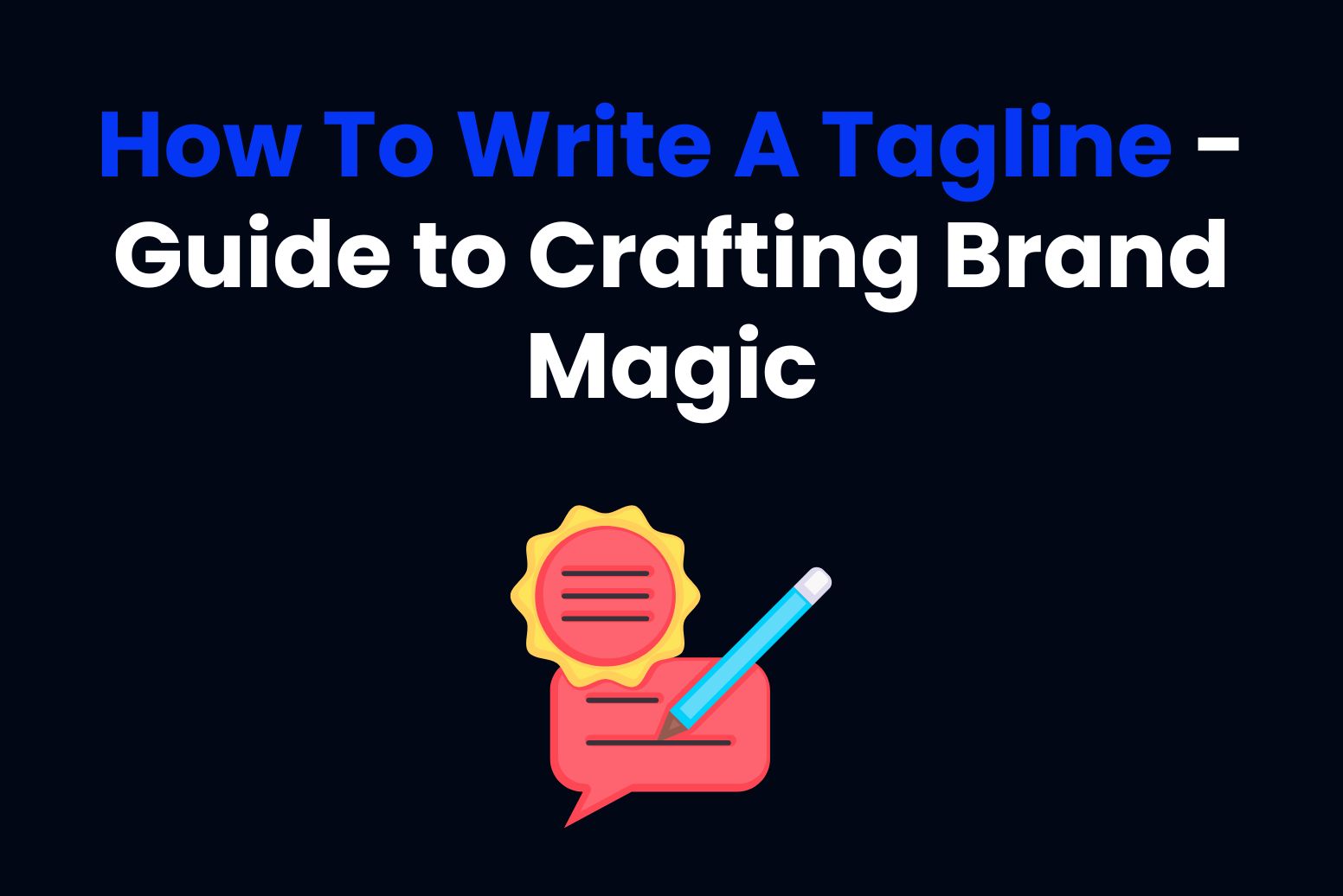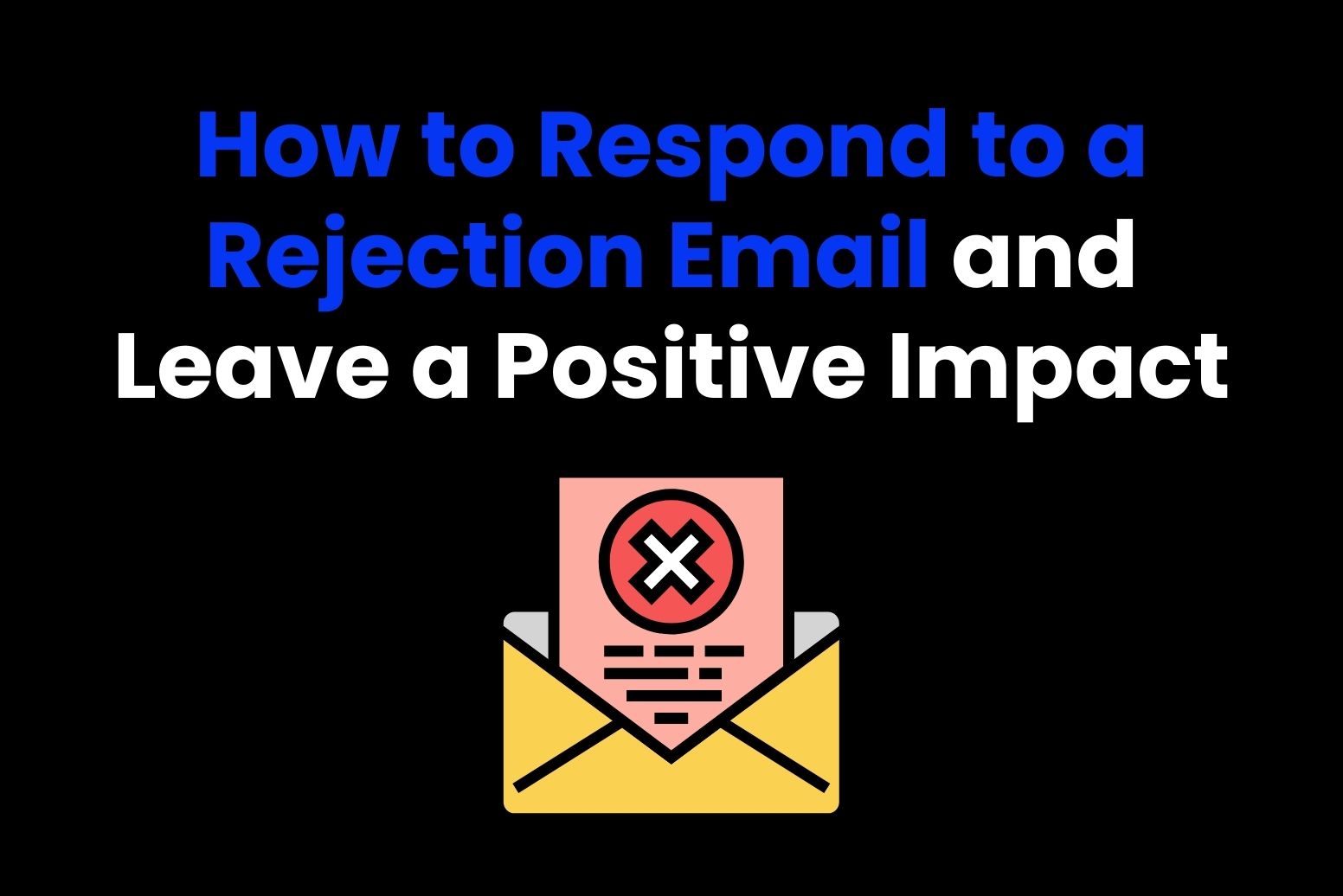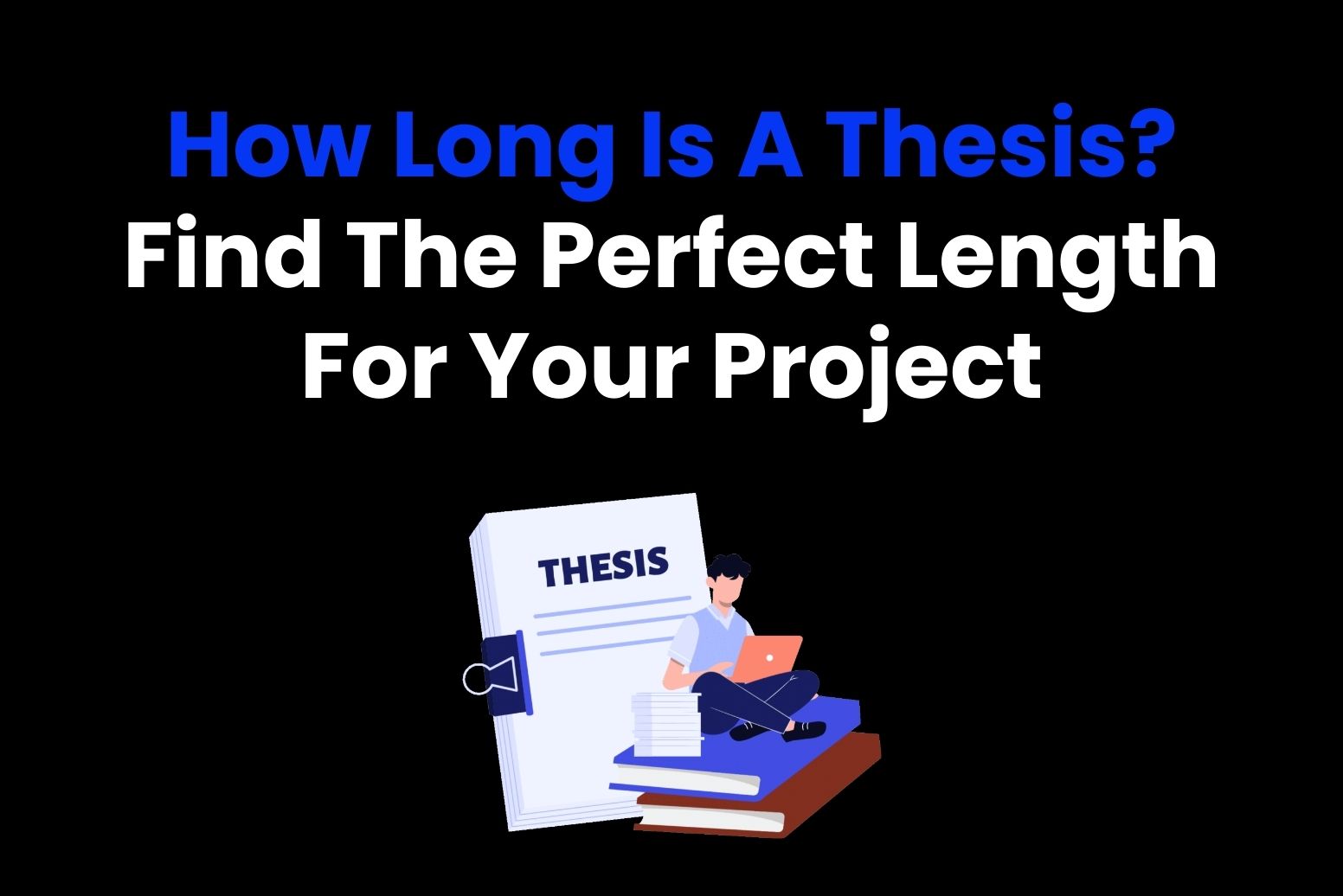How to write an essay
Learning how to write an essay can seem like a huge mountain to climb, especially if it’s new to you. However, there are some easy tips and quick wins that will help you to create a winning essay that’s guaranteed to wow your readers.
Whether you intend to craft a compelling argument or analyze someone else’s work, the key to a successful essay is in the structure and clear framework that allows your readers to get through it with ease.
In this step-by-step guide to writing a captivating essay, we’ll uncover the essential elements of a great piece and brainstorm ideas to develop an impactful argument.
How to write a compelling introduction for an essay
The introduction to your essay is the most important part. It’s the first step to summarize the topic you intend to discuss and it’s your chance to create a hook that will make your reader want to read on.
A strong introduction gives the background information and presents a clear thesis statement on which you’ll base your argument. It should set out your position before you go on to discuss all angles of the argument.
Tips for writing an essay introduction:
Start with a hook
Your ‘hook’ is the intriguing statement or question that’s specifically designed to draw in the reader and make them want to read more. Therefore, your hook needs to stand out from the crowd. To achieve this, you’ll need to make a statement that you can confidently say no one else will make. Start with a surprising fact or thought-provoking question to get the reader to consider their own position on the argument you’re about to make.
Add some context
Your introduction is the key place to lay out your argument and, more importantly, help the reader understand the significance of your topic. For instance, why did you choose to explore this? Additionally, remember that your reasoning has to pull them in too. In other words, it’s important that they feel your topic is worth exploring.
If you’re struggling for ideas, there are some great AI tools that can help you brainstorm the most talked about topics and, as a result, give you a clear view of what’s going to go down well in the current climate.
Your thesis statement
Your introduction should end with a clear statement that outlines your main argument and the purpose of your essay. Why have you decided that this is the argument you want to pursue? Your thesis statement gives your reader an idea of what to expect throughout the coming pages.
Writing an essay that captivates readers
Writing essays that impress requires much more than just presenting two arguments and discussing which feels most convincing. It’s about grabbing attention and writing about a topic that your reader actually wants to learn more about.
This means your topic needs to be unique and interesting and your arguments must be well-formed. You should include a mixture of your own thoughts and feelings about the topic and those of other professionals or academics.
Your intention is to create a fresh perspective and make your reader think about your argument. You need to be persuasive and show clear development of your ideas from start to finish. Take your reader on a journey and ensure the structure follows that of your own thought process, so they can follow the same path themselves.
How to structure an essay for success
- Use vivid language
It’s crucial that you strike the right balance between removing jargon and not rambling. There’s a fine line between writing to explain your point and using jargon that makes sense to you but no one else.
Remember, your reader probably doesn’t know as much about the topic as you do. You’re the one that’s researched it, after all. Avoid words that only people who know a lot about the topic will understand. Equally, limit your word count for each point to avoid rambling and losing your reader along the way.
Short, sharp sentences with a clear point will help you keep your reader interested.
- Sentence structure
Use a mixture of long and short sentences, leaning more towards short where possible. Try to have less than 30% of your sentences with more than 20 words. This is a natural structure for speech and will help your reader keep track.
- Persuasive evidence
Research your points well. If you have a ton of points to make, but only a small word count to play with, select the most important ones.
Make sure you have the same number of arguments for as you do against your point. This will show that you’ve thought about every angle and provide a clear and balanced essay.
- Citations
If you’re using other sources to structure your argument and back up your point, it’s importan to ensure you acknowledge them. In particular, your citations should show that you’ve researched a range of professional resources to make your decision. On the other hand, just writing from your own head with no evidence may show that you haven’t done your research.
How to write an essay with persuasive essay writing techniques
There are a few simple techniques that will seamlessly slot into your writing and, as a result, to help you persuade your reader without them even realizing it. Moreover, these are subtle hints that lean towards your argument and will help your reader come around to your way of thinking.
Repetition
Once you’ve settled on whichever side of the fence you fall on, you should repeat this point subtly throughout your piece. Discuss the opposition, but then at the end of this section, go back to your point to remind the reader of your side of the argument.
‘This does have some valid points, however, remember the point that I made earlier which is even more valid?’
Rhetorical questions
Get your reader to think. A reader will only find your essay compelling if they can make a clear decision based on the points you’ve made. Keep asking them questions throughout your essay to ensure they constantly think about the point you’re making.
Hyperbole
Use plenty of positive language and boost up your point. Make it seem viable and take the ‘go big or go home’ approach. The more you accentuate the argument you intend to make, the more your reader will believe it.
Techniques for writing effective essays
When you need to earn top grades with your essay, you’ll need to use a combination of clear thinking and effective language to elevate your piece above the competition.
Key things to consider when it comes to how to write an essay
- Understand the assignment
Before you begin, read through the brief, understand what you’re trying to achieve and set the guidelines of your essay. There’s no point in having a perfectly written piece that doesn’t meet the assessor’s expectations.
- Outline your ideas
Before you start writing, make sure you have a clear roadmap of your ideas. Brainstorm any thoughts you have surrounding the topic and order them into a sensible chain before you begin to flesh out your essay. This will avoid you going off on a tangent.
- Strong thesis statement
Make your point clear in your introduction. Specifically, you’ll need to show your reader what you intend to argue. Otherwise, you can’t be marked on your ability to persuade the reader if they don’t understand what you’re trying to persuade them.
- Start with a hook
Next, start with a hook. Remember, your first few sentences need to provoke thought in your reader. Therefore, you should make sure you start off with a powerful quote, question or fact that starts to paint a picture of the argument you’ve chosen.
- Use clear language
Avoid jargon and use language that clearly states the point you’re trying to make.
- Support with evidence
To make your arguments stronger, make sure you provide relevant examples and DO YOUR RESEARCH. Each point should be backed up by evidence and cited properly so the reader can see the effort you’ve put in to consider all options.
7. Proofread and edit
No one wants an essay with tons of grammatical errors. Make sure you read through once you’ve finished to make changes and corrections. If spelling or grammar is something you struggle with, there’s no harm in getting the assistance of an AI service to give you a helping hand.
How to improve your essay writing skills
Essay writing is a skill that can be improved upon over time. Once you’ve mastered these foundational techniques, you’ll be able to find deeper inspiration and more explorative arguments. You might even start to enjoy writing essays as you get more used to the process.
The trick is to sit back and relax. Don’t worry too much about the grammar or the way you write straight away. Just make sure you get your arguments down in a sensible order.
Remember, you can always review and revise your work multiple times before submission. In addition to the traditional proofreading methods, which may feel time-consuming, using AI to generate essay ideas and content can help you flesh out your framework so it appears more understandable.
These tools can help with brainstorming ideas, creating accurate citations and even improving your writing. But remember, you must use your own ideas to create the basis of your essay. While using AI is one of the proven strategies to write an essay that captivates readers, it cannot be used ethically to generate your argument or content.
Over use of AI in this way could make your ideas unoriginal and may even show a lack of research. Be careful how much you rely on AI when you’re writing an essay.
AI writing tools for students
Ethical use of AI can help you refine your writing, improve sentence structure and repair grammatical mistakes.
Platforms like Arvin.AI provide specific article writers and article improvers to assist in building your ideas to develop a compelling piece. They can save time and enhance the quality of your essay.
By integrating AI writing tools into your workflow, you can produce polished and professional work while building your confidence as a writer. Remember to use these tools as building blocks to learn from and not as a tool to rely on completely.
Alt Text: Captivating essay writing techniques
Caption: Someone sits typing at an open laptop. There’s a cup of tea on one side a a couple of mobile phones on the other. The user is clearly hard at work researching for their essay.
Are AI-powered essay writing assistants allowed?
Some AI-powered tools are completely fine to use to help you with your essay writing skills (and not to write the essay for you).
If you’re considering this, it’s best practice to:
- Check the institution’s guidelines on AI tool usage.
- Make it clear to your institution that you’ve used AI. This should be to make improvements and not to create the essay for you.
- Use AI ethically. An AI assistant should be used as just that – an assistant. Don’t use it to replace your effort.
Earn top grades with your essay conclusion
Your conclusion is your last chance to make an impression on your reader and pull them over to your way of thinking.
Remember to summarize your main points and bring back your original argument. Your conclusion should show that, while you’ve considered all angles, you’re positive that your original perception of the topic is the right one.
Avoid writing what you’ve already written, but try to create a greater flow between the ideas. Connect each idea together and display how that idea led onto the next to lead to the overall conclusion.
Leave your conclusion with a powerful impression that inspires thoughts or actions. Your reader must go away with a clear picture of the topic from your perspective or the desire to learn even more about it themselves.
Step-by-step guide to writing a captivating essay
So, we’ve discussed the general structure of your essay. Now, let’s take a deeper dive into what you need to include in each of your paragraphs.
Once you’ve closed off your fabulous introduction and you’ve convinced the reader to continue, you’ll need to start structuring your body paragraphs.
Body Paragraphs
These paragraphs are the points in the essay where you need to display each side of your argument. The body of your essay develops your argument or narrative in a structured way. Each paragraph should focus on a single main idea.
- Topic sentence: Begin each paragraph with a sentence that lays out the argument you intend to make.
- Evidence: Add in data, quotes or examples that support your argument. Remember to create proper citations to acknowledge the original authors of your sources.
- Analysis: Then explain to your reader exactly how this evidence supports the point you’ve made.
- Transition: End the paragraph with a sentence that closes your idea and shows how it will flow into the next one. The end of your paragraph and the start of the next one should flow seamlessly.
How to write an essay with counterarguments
Then comes the counter argument. Once you’ve written a paragraph that supports your argument, it’s time to show that you’ve thought about the opposition.
- Present the counterargument: Acknowledge a perspective that differs from your thesis.
- Then refute the counterargument: Use evidence or reasoning to explain why the counterargument doesn’t quite work out. You’ve acknowledged it, now you need to show why it doesn’t fit.
Finally, the conclusion
This is the opportunity for you to tie everything together and leave a lasting impression. Ensure you summarize and show the reader that the argument you first mentioned is correct.
- Restate your thesis: Revisit the thesis statement at the beginning of your essay to tie the beginning with the end.
- Summarize the key points: Highlight the most important things that you’ve taken into consideration throughout the essay. This should be balanced to show a mixture of arguments and counterarguments.
- Closing statement: Your conclusion should end with a memorable thought. It should be strong and show that you feel you have proven your original point.
How to write an essay that grabs attention and earns top grades
There are a few extra little tips to ensure you get an amazing grade for your hard work. You deserve it!
To begin with, you should understand your audience. Specifically, you should tailor the tone and language to reach out to the people who will be reading it.
In addition, remember to engage with the reader emotionally. For instance, use anecdotes, impactful sentences and imagery to describe your point. The more you pull on their heart strings or get their brains moving, the more likely it is that your essay will please the reader.
AI essay checker and generator
Arvin.AI acts as both an assistant and a mentor when it comes to writing captivating essays. It offers real-time feedback, corrections on grammar and spelling issues and suggestions to improve the coherence of your essay.
If you’re aiming for a winning essay with polished arguments, flawless referencing and stunning writing technique, then Arvin is here for you.
Elevate your writing game today with Arvin.AI. Unlock your potential.
FAQs
1. How to write an essay with a hook
To begin with, a hook is a sentence at the very beginning of your essay that’s intended to grab your reader’s attention. Moreover, it needs to be a surprising fact, a thought-provoking question or a vivid description to give a taste of what’s to come.
2. How important is the thesis statement in captivating readers?
Equally important, your thesis statement is essential, as it tells your reader exactly what your position is from the get go. Furthermore, this thesis should be revisited throughout the essay to show your reader that you’re always focused on this specific point.
3. How to write an essay with a good argument
Always ensure your argument is original, logical and backed by hard evidence. If you have no evidence or resources to support your point, then it’ll be difficult to convince anyone else that it’s correct.
4. What role does the conclusion play in an essay?
This is where you’ll leave a lasting impression on your reader. You offer a thought-provoking close that makes the reader think about what you’ve written even after they’ve finished reading. If your reader continues to consider your points after they’ve put your paper down, then it’s a good conclusion.
5. How can I revise my essay to improve its quality?
Revising your essay is possible throughout. It’s unlikely that you’ll create the perfect piece immediately. You’ll need to read and re-read to create a better structure and remove grammar errors. If you identify weaker areas, change them.
If you’ve found a section of your essay that you don’t really like, then AI could possibly help you to rewrite that section or give you ideas to reframe your argument.



